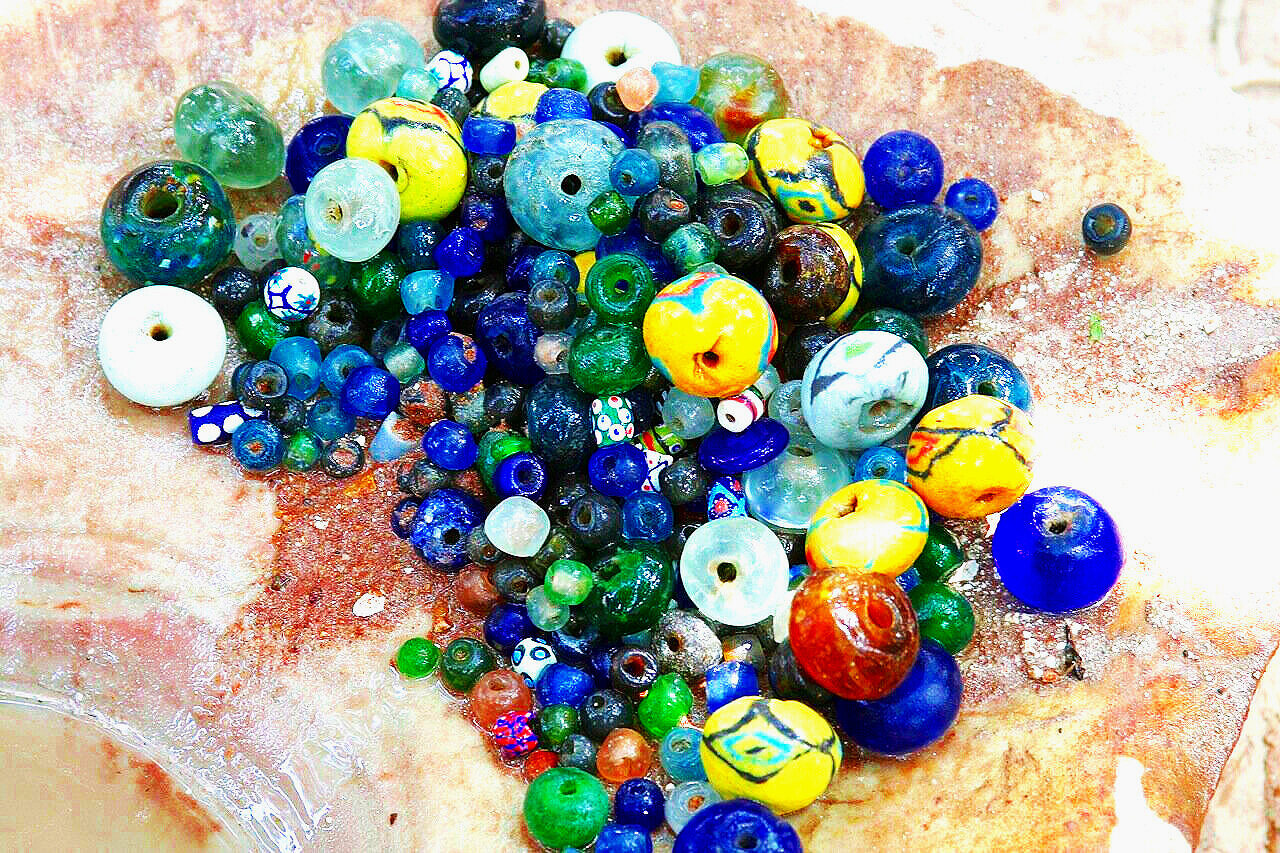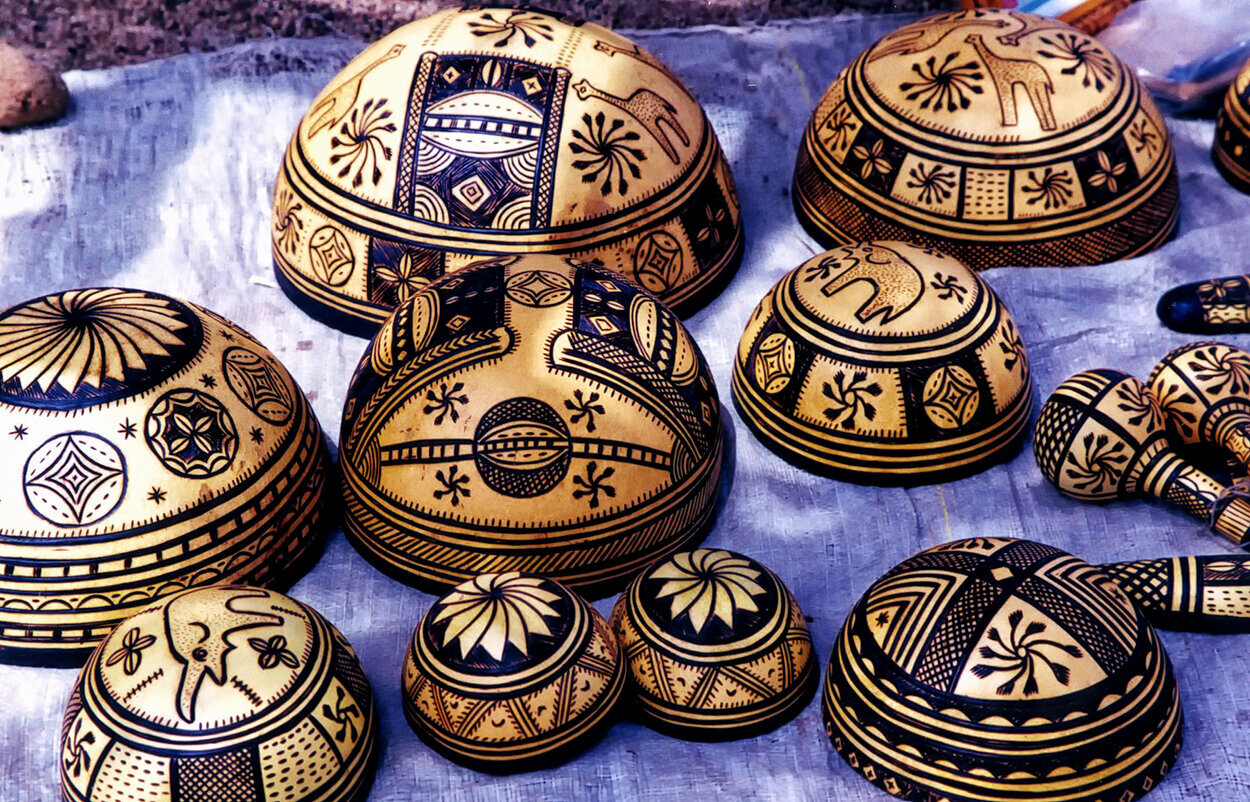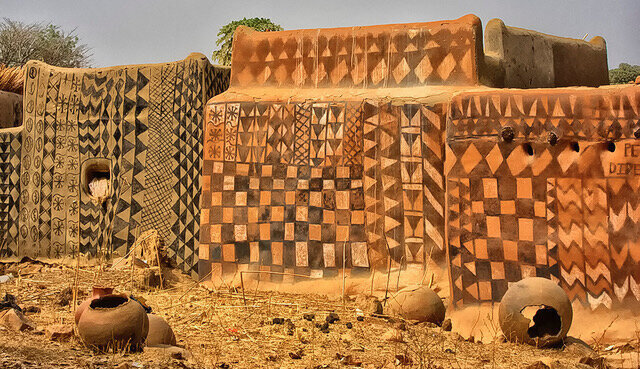
West African Indigo Cloth
Journey with a quest: Timbuktu to the Dogon, Mali in search of indigo
As I stepped off the plane and made my way toward the one-room terminal in Timbuktu, I spied an exceptionally tall and dashing man completely swathed in an indigo tagelmoust, the unstructured blue robe and turban worn by the Tuaregs. His head wrap swaddled his face, exposing only his eyes, and his lush indigo robe moved fluidly in cadence with his walking, almost like he was gliding on water. He was cool, literally and figuratively. Mohammed was a Tuareg, one of a nomadic Berber tribe whose origins are in Algeria, known as the “blue people” after the indigo-dyed clothes they wear, which stain their skin. The Tuareg love their deep blue indigo cloth, especially for weddings and other special events. Head coverings are sometimes dyed multiple times in indigo to achieve a blue-black hue.
Mohammed
I had heard that some of the best dyers of indigo had settled in Mali, West Africa. After seeing the renowned ‘blue men’ of Timbuktu, I headed to the Dogon country to meet a famous indigo and stitch resist dyer, Maryama Napo. The Dogons are an indigenous cliff dwelling tribe in the Bandiagara escarpment of Mali.
Dogon rock art, outside the shelter for boys’ circumcision, Bandiagara escarpment





